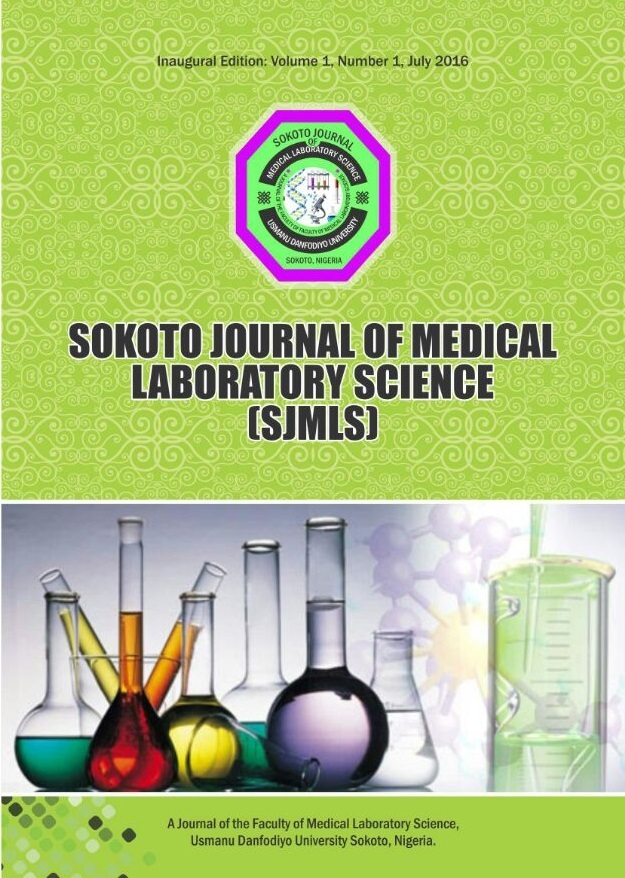A Comparative Study of Lavicidal Effect of Cypermethrin and 2, 2-Dichlorovinyl Dimethyl Phosphate on Anopheles Mosquito Larvae.
Keywords:
Comparative Study, Lavicidal Effect, Cypermethrin, 2, 2-Dichlorovinyl Dimethyl Phosphate, Anopheles Mosquito Larvae.Abstract
One of the tool to prevent proliferation of mosquito- borne diseases is the application of
synthetic insecticides such as organochlorine and organophosphate compounds. In this present study, we compared the larvicidal activity on mosquito larvae, two chemicals Cypermethrin and 2,2-dichlorovinyl dimethyl phosphate (DDVP) were used. The potency of the chemicals was evaluated on anopheles mosquito larvae. The result obtained indicated that higher larvicidal activity occurred with DDVP over a period of exposure that is 11.1% at 8 seconds. The concentration of chemical required to kill at least 50% of the larvae exposed (LC 50) over a period of exposure were found to differ for the two chemicals tested that is 11.1% concentration of DDVP and Cypermethrin at 8 seconds and 20 seconds respectively. The most potent of the two chemicals tested was 2,2-dichlorovinyl dimethylphosphate (DDVP) with LC 50 value of 11.1% at 8 seconds while that of cypermethrin was found to have a lower LC 50 11.1% at 20 seconds. This showed that these chemicals can be used in controlling anopheles mosquito larvae, and could aid in the reducing mosquito borne diseases. Manufacturing of more effective and less toxic larvicidal agent to man and environment is advocated.




